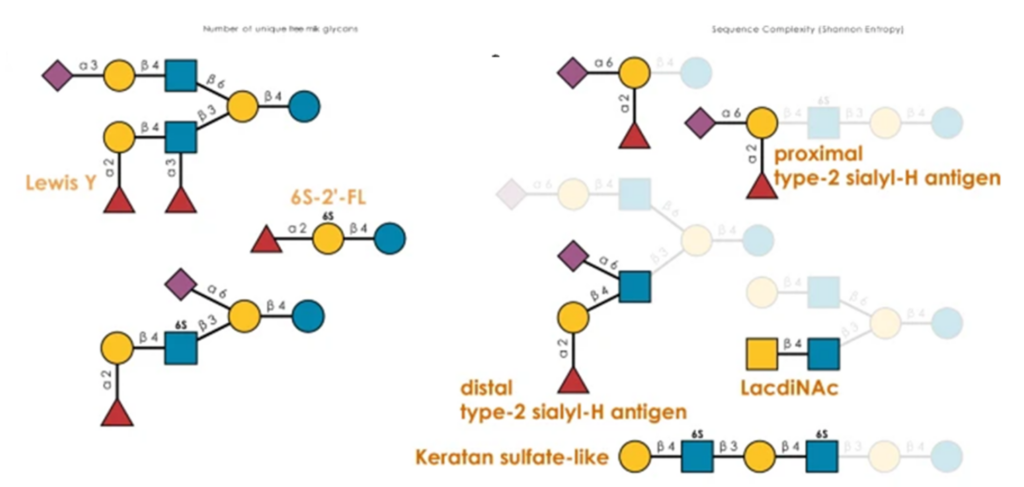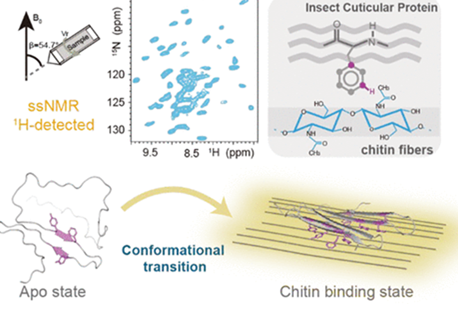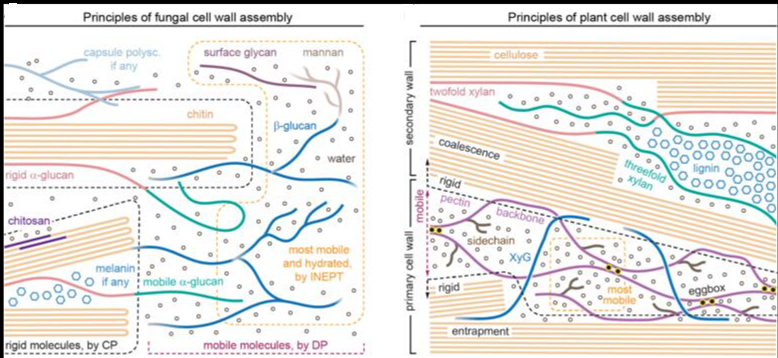Carbohydrates are the most abundant organic material on Earth and the structural “material of choice” in many living systems. Nevertheless, the design and engineering of synthetic carbohydrate materials presently lag behind that of protein and nucleic acids. Bottom-up engineering of carbohydrate materials demands an atomic-level understanding of their molecular structures and interactions in condensed phases. Here, high-resolution scanning tunneling microscopy (STM) is used to visualize at the submolecular resolution the three-dimensional structure of cellulose oligomers assembled on Au(1111) and the interactions that drive their assembly.

The STM imaging, supported by ab initio calculations, reveals the orientation of all glycosidic bonds and pyranose rings in the oligomers, as well as details of intermolecular interactions between the oligomers. By comparing the assembly of D- and L-oligomers, these interactions are shown to be enantioselective, capable of driving spontaneous enantio-separation of cellulose chains from its unnatural enantiomer and promoting the formation of engineered carbohydrate assemblies in the condensed phases.




